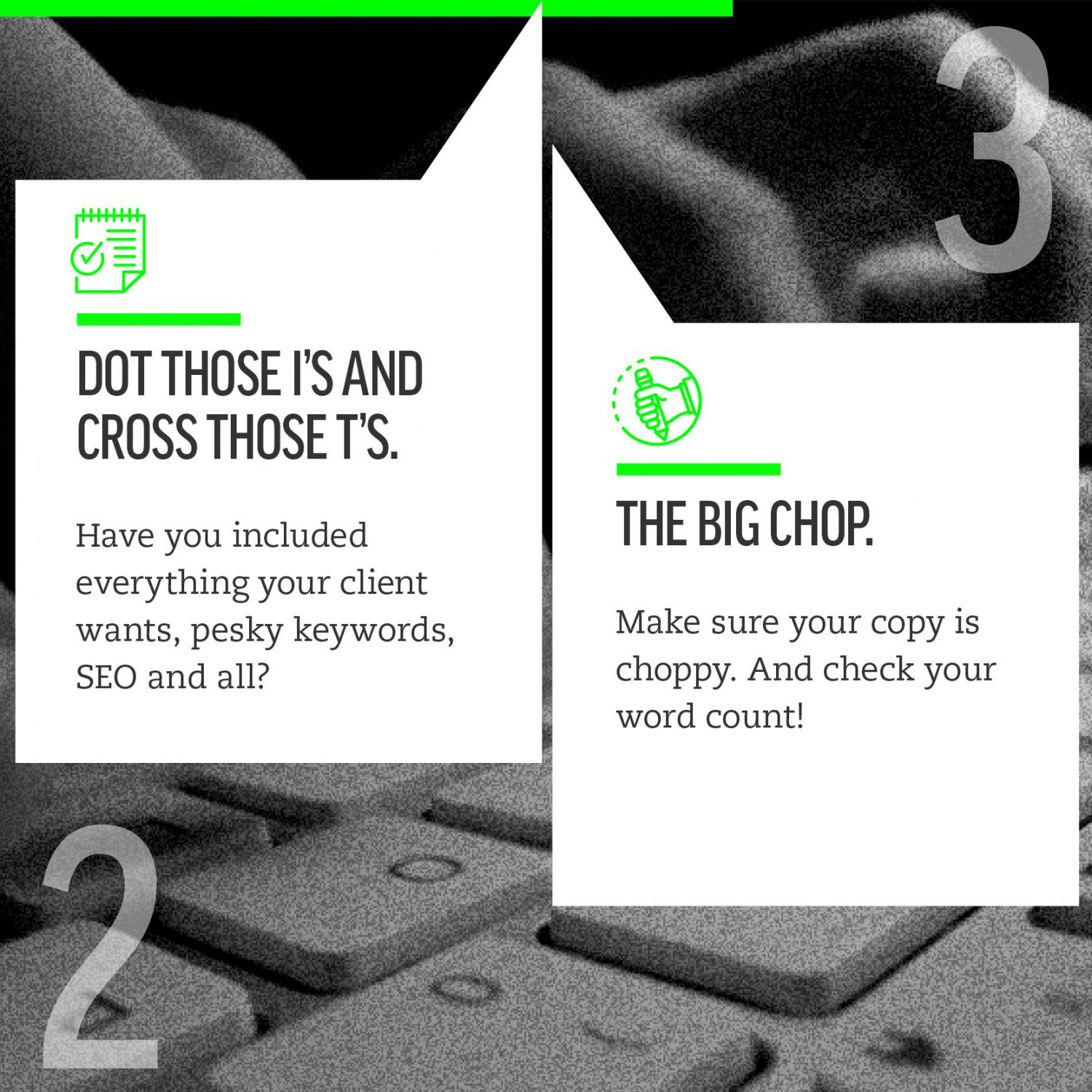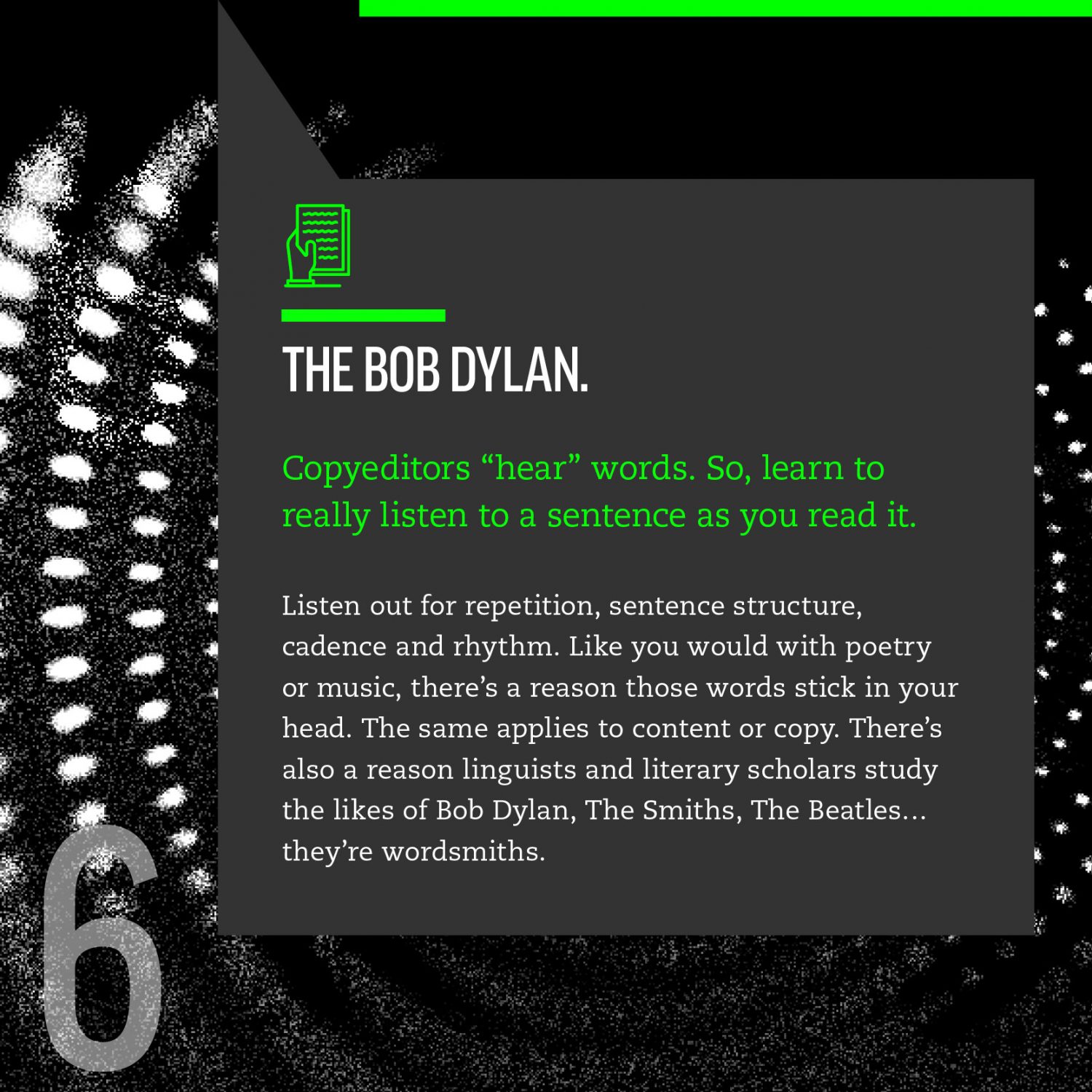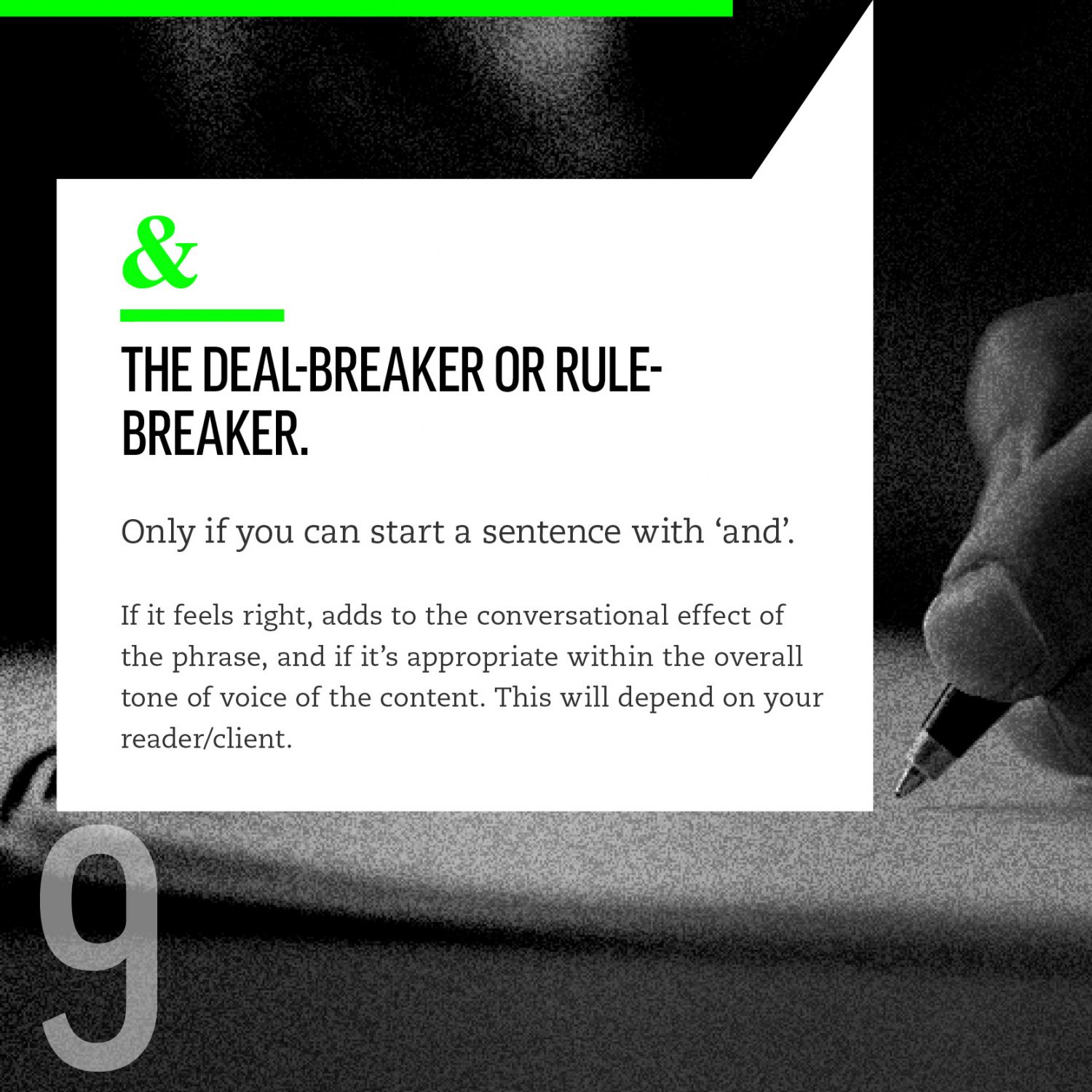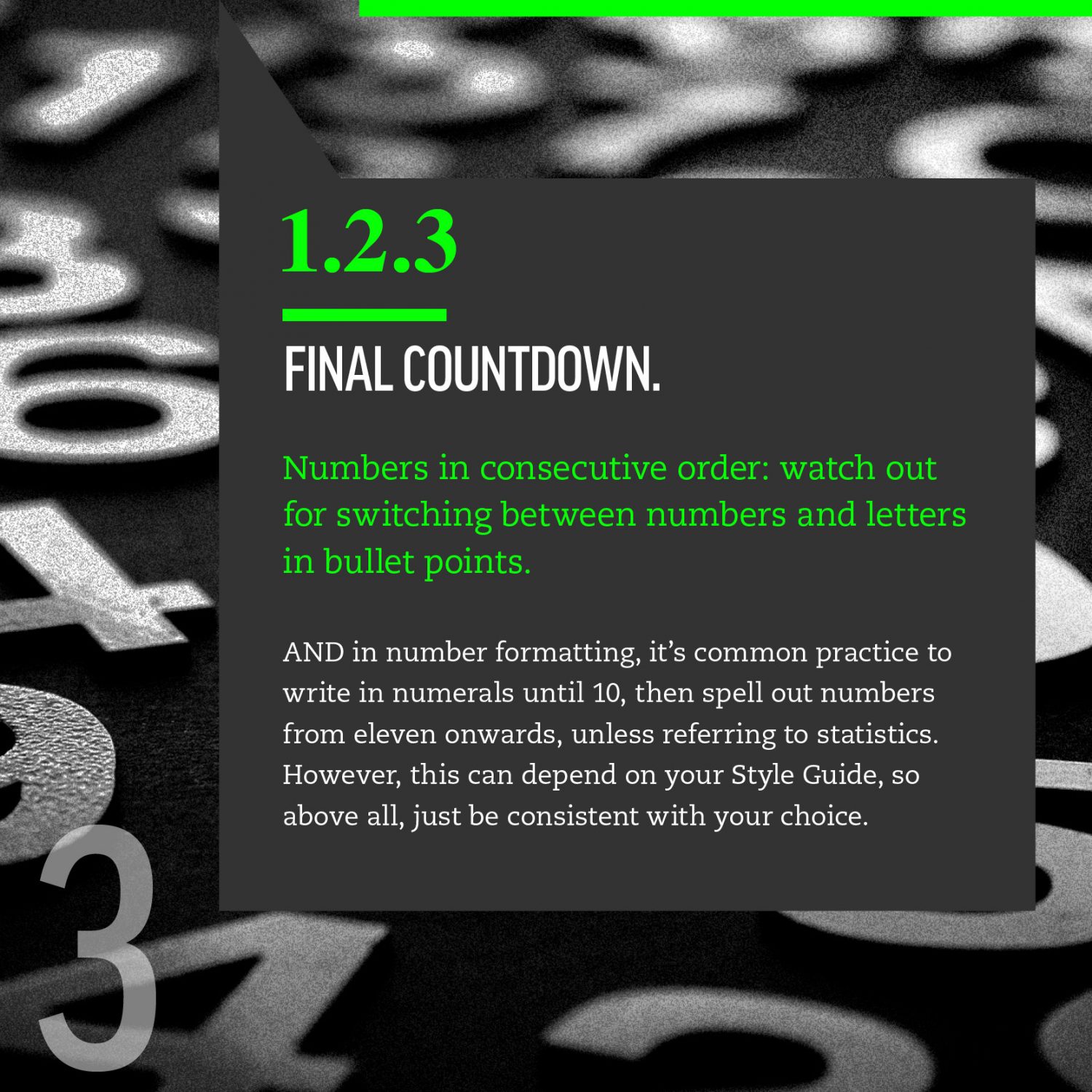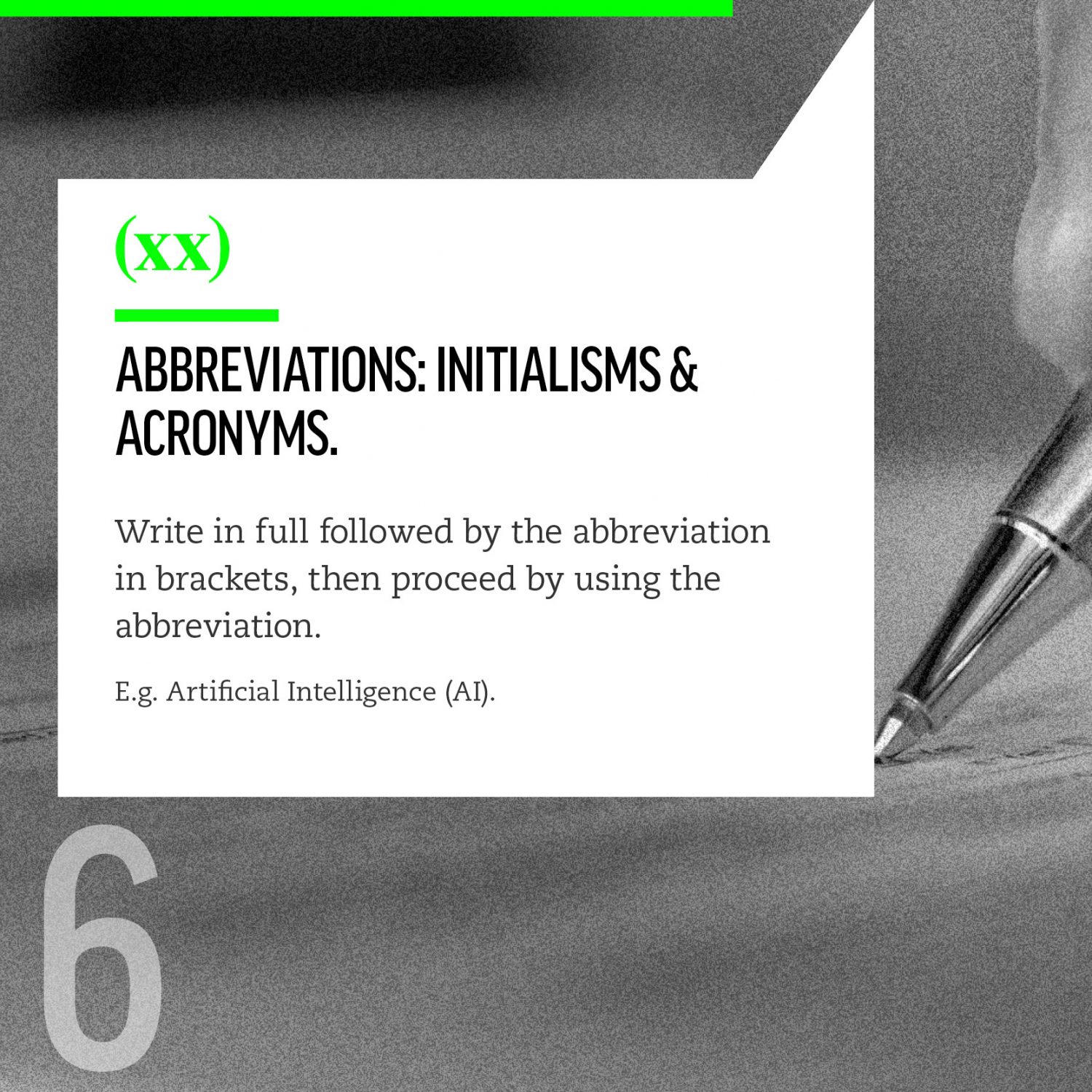20 tips to edit your own work.
Virginia Woolf once said that “words do not exist in dictionaries. They exist in the mind.”
And as a long-term word aficionado, whose obsession was made more obvious when I realised my love for Gilmore Girls was all because of the dialogue, I couldn’t agree more with Virginia. (If I should be so brazen to refer to her on a first-name basis.)
Much like how behind every great album is an unsung producer or mixer, I do believe that behind every great writer is a great editor.
Often we think of editing as the less creative and less risk-averse character. The one with the red pen who doesn’t care for starting sentences with ‘and’ or ‘because.’ Well, that isn’t always the case.
The purpose of the editor isn’t to discredit or undermine the writer, it’s to make sure the writer’s sentiments are centre stage, and up in lights. But to take the perspective of the audience member who isn’t familiar with the intended stage directions.
And sometimes, editors break the rules too.
Because broken correctly, some ‘improper grammar’ adds to the creative cause.
SO, WHAT EXACTLY IS COPYEDITING/PROOFREADING ANYWAY?
In short, a copyeditor checks for clarity, readability, syntax, writing style, inconsistency in the narrative or in the development of ideas, and continuity issues. It’s about looking at the small details as well as the big picture. It can be a more laborious task if it means the text needs major re-writing and tweaking at a sentence level.
A proofreader gets out their magnifying glass and checks for spelling errors, grammar mistakes, and may even point out any remaining formatting issues not picked up in the copyediting process.
If you’re having to edit your own work, you’ll be wearing both those hats. So my advice would be to edit in stages. First, copyedit (sort out any clumsy phrasing, fluffy wording, line length and tie up loose ends.) Then, proofread (spot typos and grammar mistakes.)
Now we can jump into my top tips.
COPYEDITING
In the words of Hemingway—write drunk, edit sober. (But, always edit, it could be the difference between keeping or losing your reader.)
(Download our full infographic for copyediting here)
- Walk away from your copy. Yep, leave it be. Let it simmer. Try not to edit whilst you write. You’ll be too close to it and your brain will fill in omitted words and re-order sentences that, frankly, don’t flow. Our brains are wired to free up cognitive capacity by associating things with recognisable shapes and patterns. So, error-spotting isn’t the default. Take a break, then edit.
- Dot those i’s and cross those t’s. Have you included everything your client wants, pesky keywords, SEO and all?
- The big chop. Make sure your copy is choppy. And check your word count!
- Active vs passive voice. E.g. Active: The dog chased the ball. Passive: The ball was chased by the dog. Active voice is strong, clear and focuses on the agent who carries out the action. Whereas Passive voice emphasises the recipient of the action or the action itself. Both have merits but should follow the TOV and Style Guide.
- The tautology. Saying the same thing twice in different words. Look out for it within a sentence, and also take a wide-angle view. Did you repeat yourself across a paragraph? Well, don’t. It can be jarring and feel waffly. E.g. They arrived one after the other in succession.
- The Bob Dylan. Copyeditors “hear” words. So, learn to really listen to a sentence as you read it. Listen out for repetition, sentence structure, cadence and rhythm. Like you would with poetry or music, there’s a reason those words stick in your head. The same applies to content or copy. There’s also a reason linguists and literary scholars study the likes of Bob Dylan, The Smiths, The Beatles… They’re wordsmiths.
- The Ogilvy. Address your reader directly and in their language: “Don’t address your readers as though they were gathered together in a stadium. When people read your copy, they are alone…It seems to me you should use their language, the language they use every day, the language in which they think.”
- Make headlines. Check all your headers & sub-headers for impact, clarity and grammar. “On the average, five times as many people read the headline as read the body copy. When you have written your headline, you have spent eighty cents out of your dollar.” (David Ogilvy.)
- The deal-breaker or rule-breaker. Yes, you can start a sentence with ‘and’. If it feels right, adds to the conversational effect of the phrase, and if it’s appropriate within the overall tone of voice of the content. (This will depend on your reader/client.)
- The Oxford Comma division. Now, this is down to personal preference and/or any provided Style Guides. Simply, it’s the last comma in a list; it goes before the word ‘and’.
PROOFREADING
Remember, the proof is always in the pudding.
(Download our full infographic for proofreading here)
- Watch your language. Literally. If your client wants American English, then watch out for an ‘s’ that should be a ‘z’. And check for idioms that don’t translate.
- Whip up the right consistency. Capitalisation, full stops at the ends of headers or list items (or not at all), and/&, font style/size/colour.
- Final countdown. Numbers in consecutive order: watch out for switching between numbers and letters in bullet points. AND number formatting, it’s common practice to write in numerals until 10, then spell out numbers from eleven onwards, unless referring to statistics. However, this can depend on your Style Guide, so above all, just be consistent with your choice.
- Page numbers & footnotes. The bits we always assume are right. Well, never assume!
- URLs, links, citations. Double-check they all work and that they link out to the appropriate website given the context of the sentence. Watch out for websites that no longer exist. And, for credible/appropriate links based on client requests in Style Guides or briefing. E.g. Have they ruled out competitor websites? Have you referenced or cited a source correctly?
- Abbreviations: initialisms & acronyms. Write in full followed by the abbreviation in brackets, then proceed by using the abbreviation. E.g. Artificial Intelligence (AI).
- Full stops with brackets. The full stop goes inside the bracket when the words within the bracket make a full sentence. And it goes outside the bracket when the words are part of a sentence.
- The common ones. It’s/its, their/there/they’re, your/you’re, affect/effect (affect being ‘to influence’ and effect being ‘the result’), number/amount (number refers to items we can count and amount refers to a quantity).
FINAL SHOWDOWN
(If I had to pick my absolute best tip, it would be no. 19. Sounds mighty simple, but to me, it underpins all the copyediting tips above and will make you a better writer. Full stop. Never underestimate its power!)
- My top tip. Read it out loud! Sounds simple, but trust me it REALLY helps.
- Deliver the goods. If it’s good to go, ship it on out!
THE QUICK RESOURCE LIST
Because sharing is caring.
- For a grammar plug-in according to British/American/Australian/Canadian English: https://www.grammarly.com/plans
- For a dictionary in UK English: https://www.collinsdictionary.com/
- For checking expressions used in U.S English: https://www.merriam-webster.com/
- For checking title and sentence case: https://titlecaseconverter.com/
- For checking sentence length, clarity and passive voice: http://www.hemingwayapp.com/
- For finding the word on the tip of your tongue: https://reversedictionary.org/
- For hyphen and dash confusion:https://www.btb.termiumplus.gc.ca_hyphens_dashes
